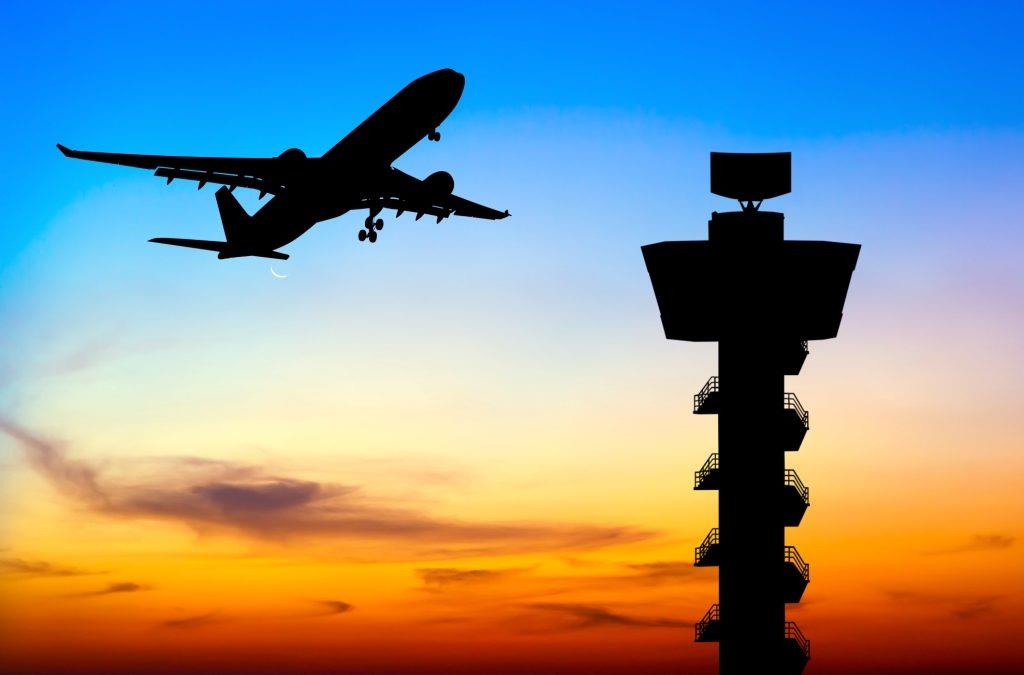(MENAFN- Frost & Sullivan)
Verizon and AT&T Delay 5G Expansion—But Not for Long
Aviation safety is absolutely critical; with proper mitigation for legitimate co-existence concerns, there can be a viable way to deploy 5G in the C-Band.

After initially declining the US Federal Aviation Administration's (FAA's) request to delay the rollout of 5G in the C-Band spectrum due to concerns about potential interference with aircraft equipment, Verizon and AT&T have agreed to an additional two-week delay. Verizon and AT&T have also agreed to delay launches near airports for six months.
In many ways, the success of 5G for both Verizon and AT&T (the global leaders in the next-generation mobile services industry) depends heavily on implementing 5G in the mid-band spectrum (which includes the C-Band spectrum). The C-Band spectrum promises more capacity than the lower-band sub-GHz spectrum and propagates farther than the higher-frequency mmWave spectrum, thus delivering an optimum mix of capacity and coverage crucial to supporting 5G vertical use cases. These two companies have collectively spent over $70 billion acquiring nationwide C-Band spectrum and have been eagerly waiting to kick-off C-Band rollouts in 2022. Therefore, the timing of the delay request could not have been worse for Verizon and AT&T.
The particular concern facing the FAA is that certain aviation equipment—radio-based altimeters, which measure altitude above a fixed point and can be used to land aircraft—operates in a spectrum adjacent to C-Band. Because some altimeters are not designed to adequately filter out waves from adjacent spectrums, some in the aviation industry are concerned that fundamental 5G C-Band signals may interfere with the altimeter operation, especially near airports. Susceptibility to interference from potential spurious emissions in the 4200-4400 MHz band is also a cause for concern. However, according to the FAA's Special Airworthiness Information Bulletin, there have not yet been proven reports of harmful interference due to wireless broadband operations internationally.
Here is how Frost & Sullivan believes this will play out:
- C-Band deployments are likely to proceed after this short delay. This will require additional considerations as to how the radio signals are handled in and around the airports and other civilian and military flying zones. The C-Band deployments will take place in phases, starting with initial deployments in the lower 3.7-3.8 GHz band. On the other hand, radio altimeters operate primarily between 4.2-4.4 GHz. A detailed assessment of the frequencies used globally for 5G deployments and how various buffer zones are created to avoid interference can show how the US can deploy 5G in C-Band.
- The telecommunication and aviation industries MUST work closely to address any potential safety concerns . According to the RTCA, a leading private, not-for-profit association, both intentional and spurious emissions from 5G systems must be considered to assess the impact to aviation safety from 5G emission sources such as base stations, user equipment on the ground, and user equipment onboard the aircraft. Changes to the radio frequency (RF) environment in which radio altimeters operate are inevitable. Therefore, the aviation industry may have to update the performance standards in which radio altimeters operate. While updated minimum operational performance standards (MOPS) for new radio altimeters that are safe from 5G interference are expected to be finalized shortly, the challenge will be in retrofitting aircraft with certified newer radio equipment.
- Delays in C-Band rollouts can be costly . The importance of the mid-band spectrum for the nation's largest services providers cannot be overstated. The vast potential of 5G for the enterprise and the consumer segment will simply not be realized unless adequate coverage and capacity are delivered. And for that, the availability of the mid-band spectrum is crucial. Another challenge manifests in supply chain planning—network infrastructure planning, device rollouts, and implementation of network platforms for service delivery can all be impacted unfavorably if the current imbroglio is not resolved.
Aviation safety is absolutely critical; with proper mitigation for legitimate co-existence concerns, there can be a viable way to deploy 5G in the C-Band. However, it will require close coordination between the telecommunication and aviation industries to ensure that the best actions are taken to ensure safe flight operations. A multi-stage approach to deploying 5G, starting with a detailed assessment of potential safety issues, developing appropriate operating guidelines for wireless service providers and aircraft operators, updating the radio equipment, and publishing monitoring and reporting guidelines for radio altimeters, can help ensure safe aircraft operations. Last but not least, passengers will have to maintain adherence to flight safety guidelines for portable electronic devices that they carry on board to minimize interference.
About Troy Morley

Senior Industry Analyst within Frost & Sullivan's ICT practice, Troy covers the global 5G Network Infrastructure market, which includes the radio access network (RAN), the transport network and the core/edge networks. Experienced software professional with a unique blend of research, data analytics, business, management, and technical skills, honed from decades of corporate and entrepreneurial software experience.
View all posts by Troy Morley
MENAFN03072022005545012248ID1104469730
Legal Disclaimer:
MENAFN provides the information “as is” without warranty of any kind. We do not accept any responsibility or liability for the accuracy, content, images, videos, licenses, completeness, legality, or reliability of the information contained in this article. If you have any complaints or copyright issues related to this article, kindly contact the provider above.